PHOTOS: The history of Towneley Hall’s grounds
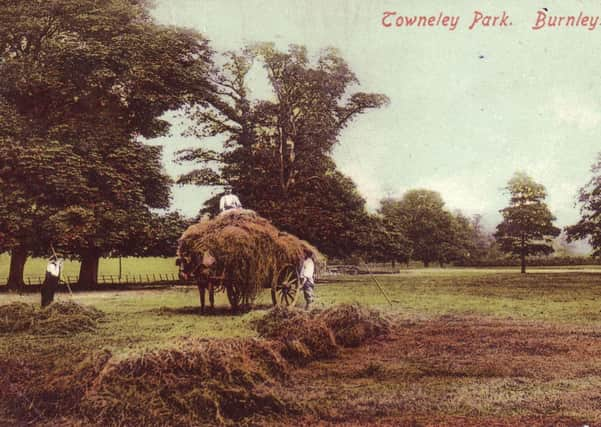

Of course, as we have so many splendid parks here in Burnley, we can cheat a bit, and when a park is as big as Towneley, though it is clearly not natural, there are plenty of opportunities to experience a variety of landscapes, trees and flowers which have been determined by man or planted by him.
This week I am not going into the Hall, its Art Gallery, the Museum of Local History, or even Offshoots in the walled garden, I am going to visit the park, not as it is today, but as it was, in some cases, not long after it was acquired by Burnley Council.
Advertisement
Hide AdAdvertisement
Hide AdYou will see no images of Towneley Hall, we are going to concentrate on the park and the many spaces within it.
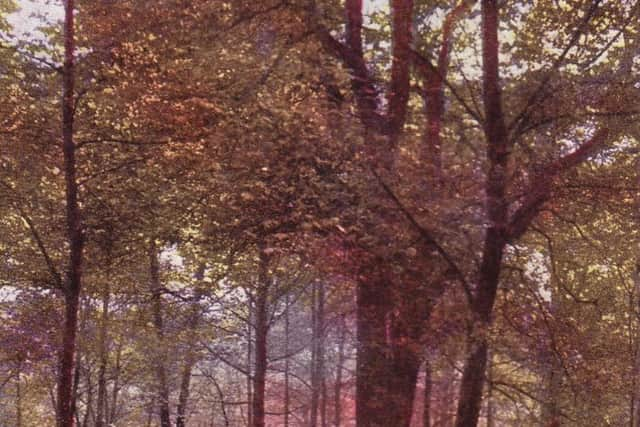

Towneley was acquired by the people of Burnley in stages. It was not granted to the town by the Towneleys, as some would have us believe, although a small part of it, Fulledge Recreation Ground, where the fair is held, was the gift of Lady O’Hagan to us all.
In 1896 Lady O’Hagan offered to sell the hall, and almost 62 acres of parkland, to Burnley Corporation for £17,500. It took several years to come to an agreement but, in 1902, these 62 acres were opened to the public. A year later, Towneley Hall itself was opened by the Earl of Roseberry as a Museum and Art Gallery and the two have, since that time, been integral to the way most of us live.
These initial 62 acres included the land around the hall; the woodland, known as the “Wilderness”, behind the Hall, the site of the extensive Walled Garden and Thanet Lee Wood which stretches beyond the latter. In addition, High Royd, the site of the pitch and putt course, and the woodland around it almost up to Causeway End was included in the sale.
Advertisement
Hide AdAdvertisement
Hide AdIn 1925/7 a further 173 acres of land was purchased and it was here the council established playing fields, tennis courts and a golf course. The Massey Music Pavilion was established in 1929 at a cost of £4,000. About 10 years later, a further 10 acres of land was purchased making the total amount of land at Towneley, in the ownership of the council, some 246 acres.
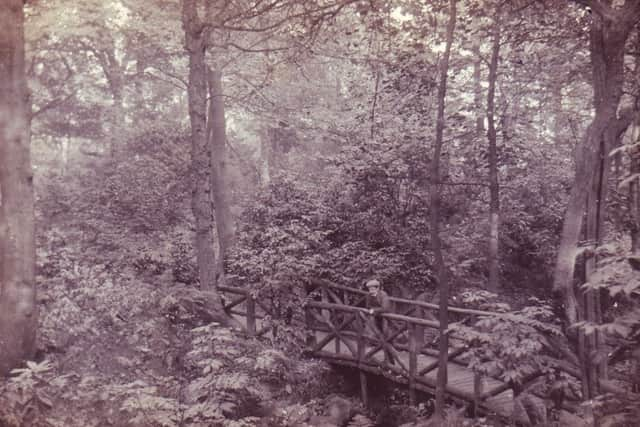

Of course, this was not the whole of the ancient park. Originally, in the days of the Towneleys, the park around Towneley was divided into three quite distinct areas. The western part of the park was mainly farmland and we see this in the first picture. This is an image which shows three men, with a horse and cart, haymaking. The picture was taken before 1906 as it was in that year the postcard was franked. If we were to visit the same site today we would find ourselves on the golf course.
The upper middle part of the park was occupied by Towneley Hall and the pleasure gardens behind. Below this, there was the great avenue of trees planted by Charles Towneley in the 1750s and 1760s. Although renewed in recent years, as the consequence of a successful Heritage Lottery bid, this impressive avenue can still be seen today.
The eastern part of the Park (i.e. the land on the right bank of the Calder) was the hunting park. It is here you will find the Deer Pond, although it has been suggested this was merely an ornamental feature, not the real thing. This part of the park extended right up to Pike Hill and included the present site of Unity College, the housing development on the site of the former Co-operative Dairy and most of Brunshaw housing estate.
Advertisement
Hide AdAdvertisement
Hide AdIn addition, there were a small number of farms in the park or on its periphery. Causeway End was included in the municipal park and is now the clubhouse associated with the golf course, but the Home Farm was not included in any of the purchases of property made by Burnley Council. I have long since thought it was a pity the Home Farm was not acquired as the buildings would have made a great attraction to rival, for example, Acton Scott in Shropshire, and it would have been a heck of a lot easier to get to!
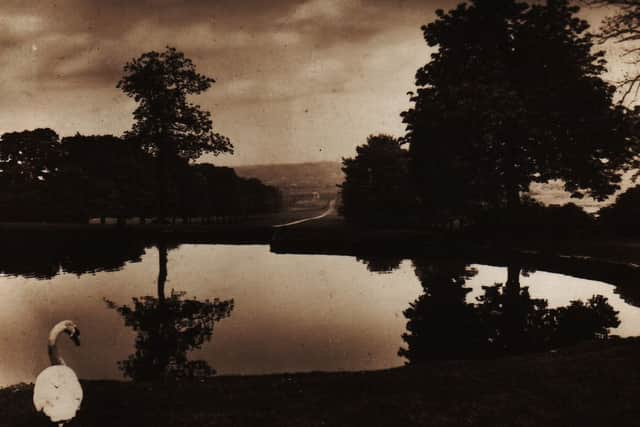

The second postcard image shows a scene in Towneley Woods. It all looks very pretty but the woodland at Towneley has not been looked after very well until recent years. There was a time, however, when the woodland at Towneley was remarkable. In 1751 Dr Richard Pococke visited Towneley and wrote: “The ground of the park is well watered, uneven and very beautiful”.
It was at this time Charles Towneley started to improve the park by large tree plantings, including the avenue in front of the Hall. He was one of many landowners doing the same sort of thing and Dr Whitaker was doing much the same at Holme in Cliviger. However, from the middle of the 19th Century there was not the incentive to look after the timber growing on a country estate and when Burnley Corporation made its first purchases it found the timber in the park was past its best.
I am afraid this is shown in the second picture and the third image, which shows the Rustic Bridge, behind the Hall, merely confirms that. This third picture dates from 1910 so it was taken only eight years after the council’s first purchase.
Advertisement
Hide AdAdvertisement
Hide AdThe fourth photo shows “the Lake Towneley Park, Burnley” but it also shows the avenue planted in the 18th Century in the time of Charles Towneley. Beyond it, you may be able to see the “Small Holdings” which were provided for rent by the council but I had to get my magnifying glass out to see much detail. This card was posted to an address in Barrow-in-Furness in 1934.
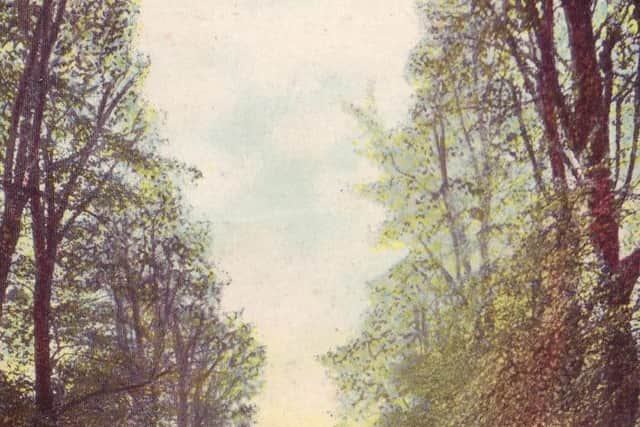

The fifth picture is one of several in the Briercliffe Society Collection of the Lime Avenue behind Towneley Hall. I have chosen this card as it gives an idea of the attractiveness of this part of the park. The sixth, and last picture, shows that same Lime Avenue but nearer to the lawn behind the Hall, a small part of which can be seen in the photo.
I do not think anyone would disagree with me when I write that Towneley Park is worth a visit at any time of year but we are now officially in spring.
It is not only the trees of Towneley that are there to be enjoyed. In the next few weeks the bluebells, cowslips and primroses will be there to greet you. And then there are the celandines of which there are the lesser and greater in Towneley Park.
Advertisement
Hide AdAdvertisement
Hide AdThe lesser celandine is really a buttercup but I did not realise it was not related to the greater celandine. The “lesser” is one of the first flowers to appear in spring and can be seen as early as January in the south of the country but a little later here. The “greater” is a member of the poppy family and, in medieval times, was used for medicinal purposes but its only resemblance to the lesser is that it is yellow and appears in the spring.
Landscape, trees, flowers – there is much to like at Towneley.
See you there!